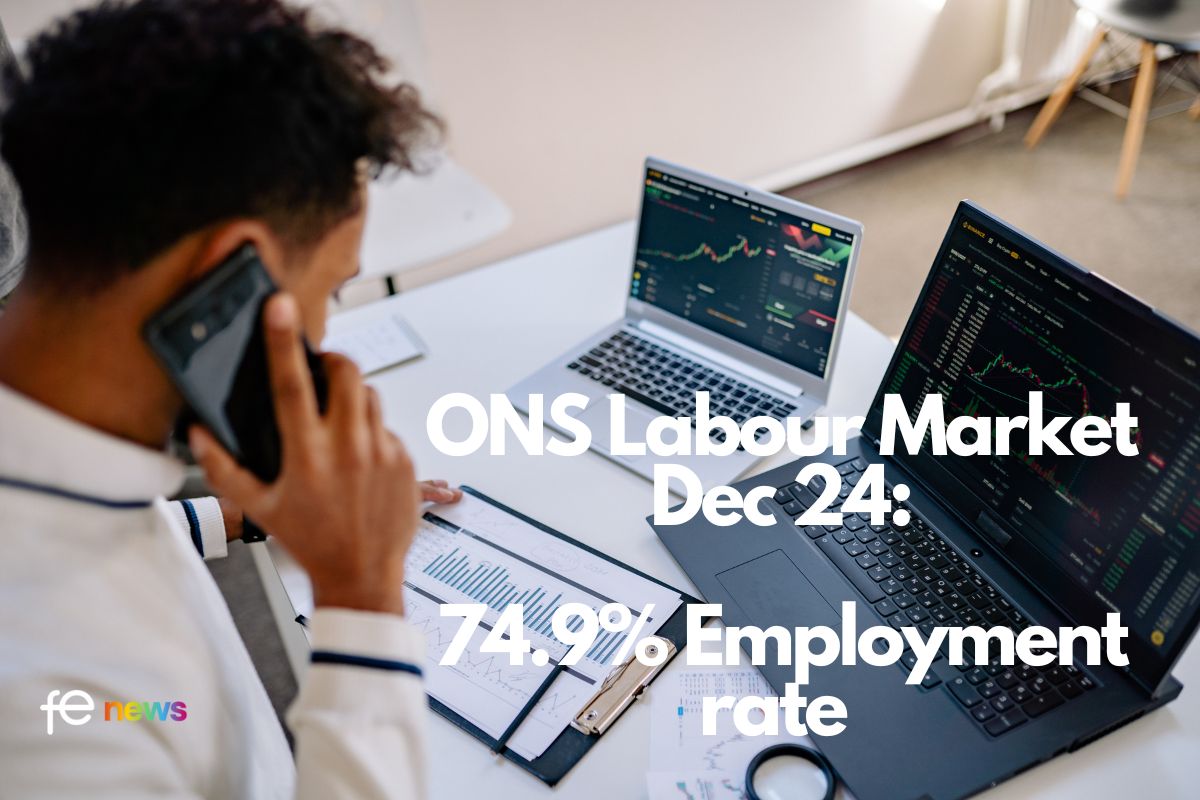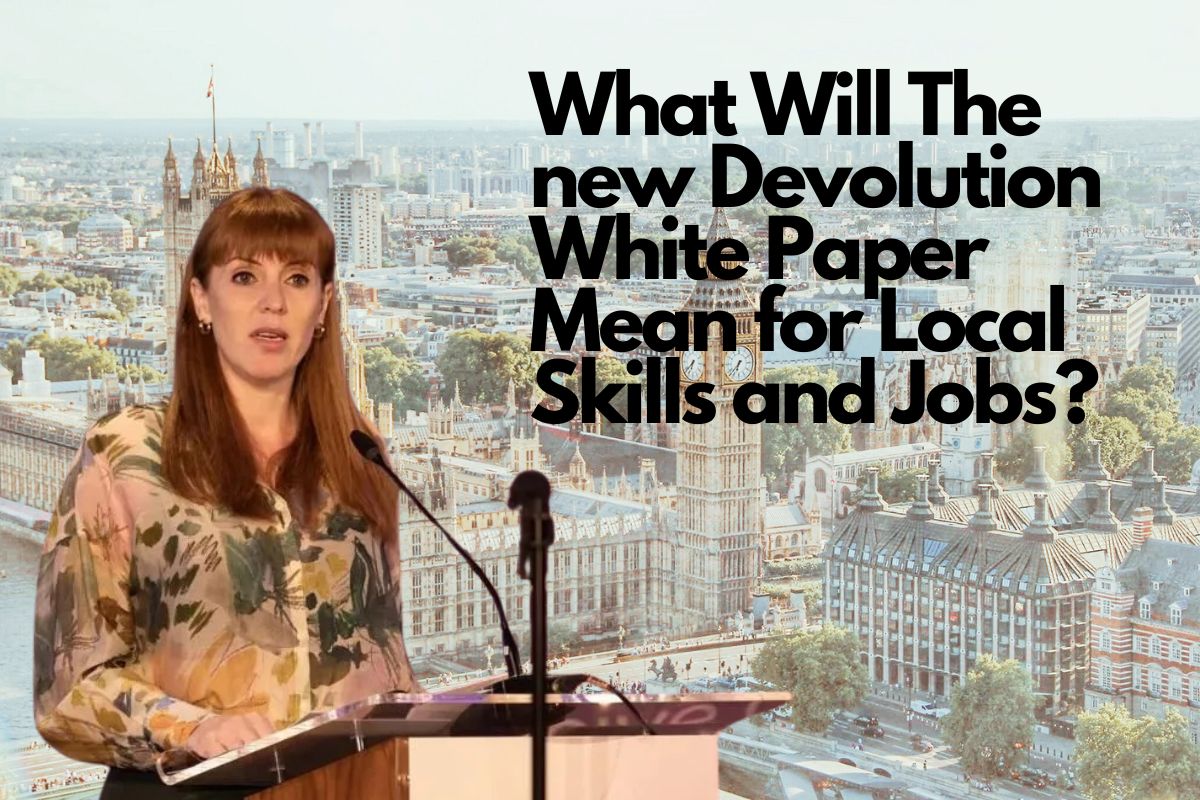Main out-of-work benefit sees its biggest drop in value in fifty years

New analysis by the Joseph Rowntree Foundation (@jrf_uk) shows that tomorrow marks the greatest fall in the value of the basic rate of unemployment benefit since 1972.
- Tomorrow (Monday 11 April) marks the greatest fall in the value of the basic rate of out-of-work benefit in fifty years
- A decade of cuts and freezes mean this benefit has lost value in eight of the last ten years
The 3.1% increase that comes into effect on Monday is based on inflation as of last September, whereas inflation is expected to hit 7.7% this month. This means households in receipt of benefits will experience a real-terms cut to their incomes which are already at historically low levels. Recent JRF analysis highlights that this decision will pull 600,000 people into poverty, around a quarter of whom are children.
Since 1972, ministers have decided how much to increase benefit levels by each year based on an assessment of inflation. Since 1987, they have typically considered the rate of inflation the previous September to decide benefit levels each April. While ministers consider inflation when setting unemployment benefit levels, they may choose to use a higher or lower rate than this.
The new analysis highlights that for eight of the ten benefit level changes between 2013 and 2022, the basic rate of unemployment benefits has lost value, leaving it at a 35-year low in real terms.From 2013-2019, ministers chose to reduce benefits in real terms by freezing their value or increasing them by a lower rate than inflation(at the same time as introducing other cuts).
While there is historical precedent for benefit levels not keeping pace with real inflation due to volatility in inflation, this tends to cancel out over time.However this year marks the first time that benefit levels will fall significantly in real terms due to this volatility following a sustained period of loss in value.
The next biggest annual fall in benefit value after 2022 was in 2010, but this followed a substantial increase the previous year, meaning people receiving benefits were not left waiting a whole year for benefit values to catch up with prices, as they will now.
Chart: year-on-year change in the real-term value of unemployment benefits
Peter Matejic, Deputy Director for Evidence & Impact at JRF said:
“With living costs predicted to rise further this year, it is difficult to comprehend the logic behind a choice not to act to protect the value of benefits, thereby imposing the single biggest benefit cut of its kind in fifty years.The government has chosen to weaken the incomes of the poorest at the worst possible moment.
“A decade of cuts and freezes to benefits have left many people in our society in increasingly desperate situations, struggling to afford food, energy and basic hygiene products. Without urgent action from the government, the stark reality is that the situation could get much worse. The government must,ata minimum, ensurethat benefit risesmatch the real risein living costsas an immediate first step to protect people from hardship.Beyond this, the government needs to further strengthen our social security system, which was already woefully inadequate even before the cost of essentialsbegan to shoot up.”
The relevant inflation rate considered when uprating is currently the Consumer Price Index (considered since 2011). Previously the Rossi index was considered over the period 1997-2010, and before this the Retail Price Index was used.
Looking at earlier periods:
- Between 2013 and 2019 benefits rate increases were limited to 1% (2013-2015) or frozen in cash terms (2016-2019)
- From 1984-2012, Ministers almost always simply applied the historic inflation rate and while there were year-to-year variations, these cancelled out over time.
- Inflation was very stable from 1998-2007, so the difference between historic inflation and April inflation was very small.
- From 1984-1997, differences were greater, but broadly cancelled out over time.
- Between 1980 and 1983, Minsters chose to under-index in 1980 and 1981 then cancel this out in 1982 and 1983.
- Between 1972 and 1977, Ministers often chose to over-index compared to inflation, but the inflation rate they based their decisions on often was lower than the actual inflation at the point of uprating.
The government says the lag between deciding and implementing uprating decisions is to allow systems to be updated, although the swift increase in Universal Credit introduced at the start of the pandemic demonstrates it is possible for the government to make changes at speed.
The Scottish Government usually follows the same process for uprating the benefits it is responsible for as the UK Government does. But on 16 March 2022 the Scottish Government announced that it would uprate many of the payments it is responsible for by 6% rather than 3.1% in response to the rising cost of living.











Responses